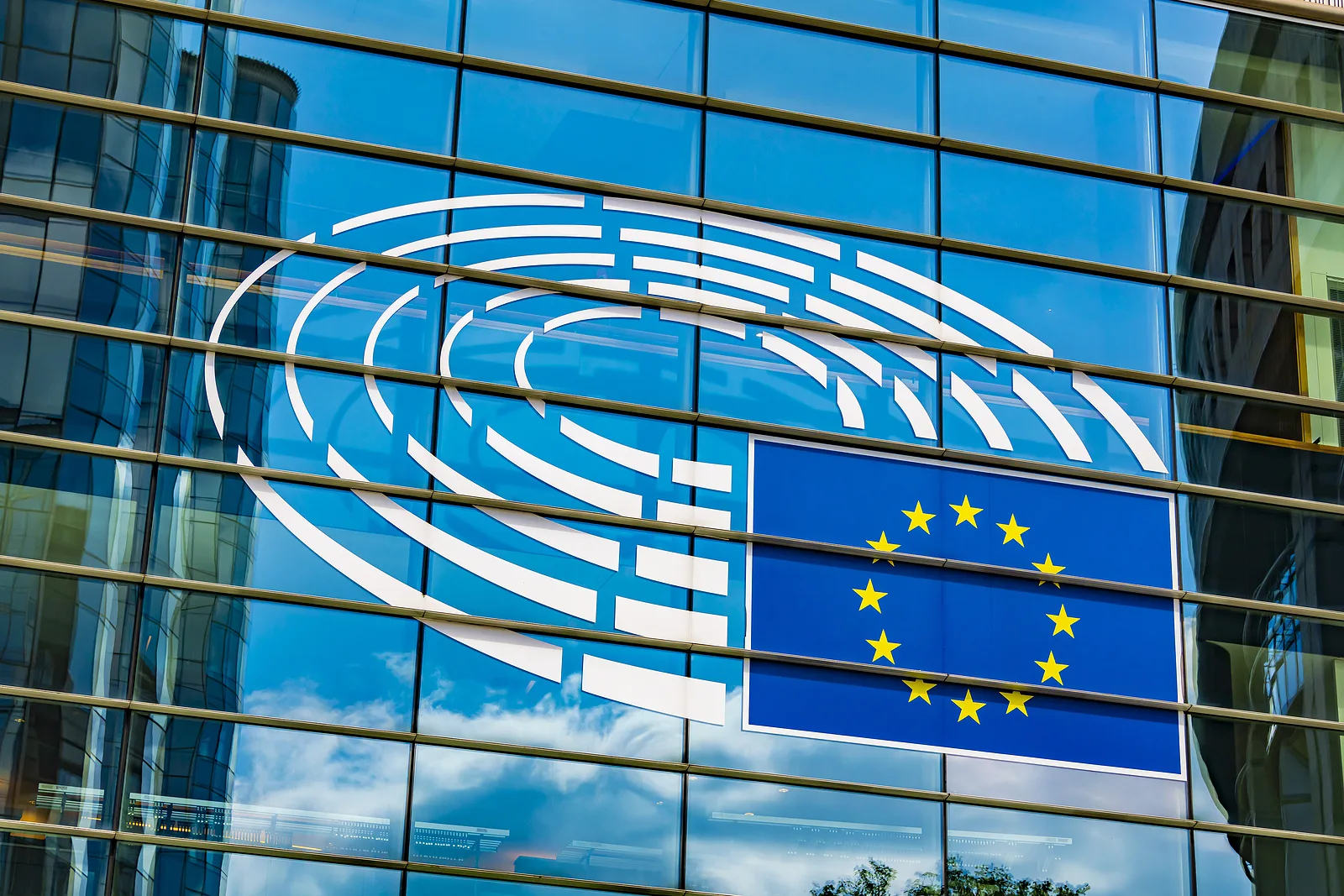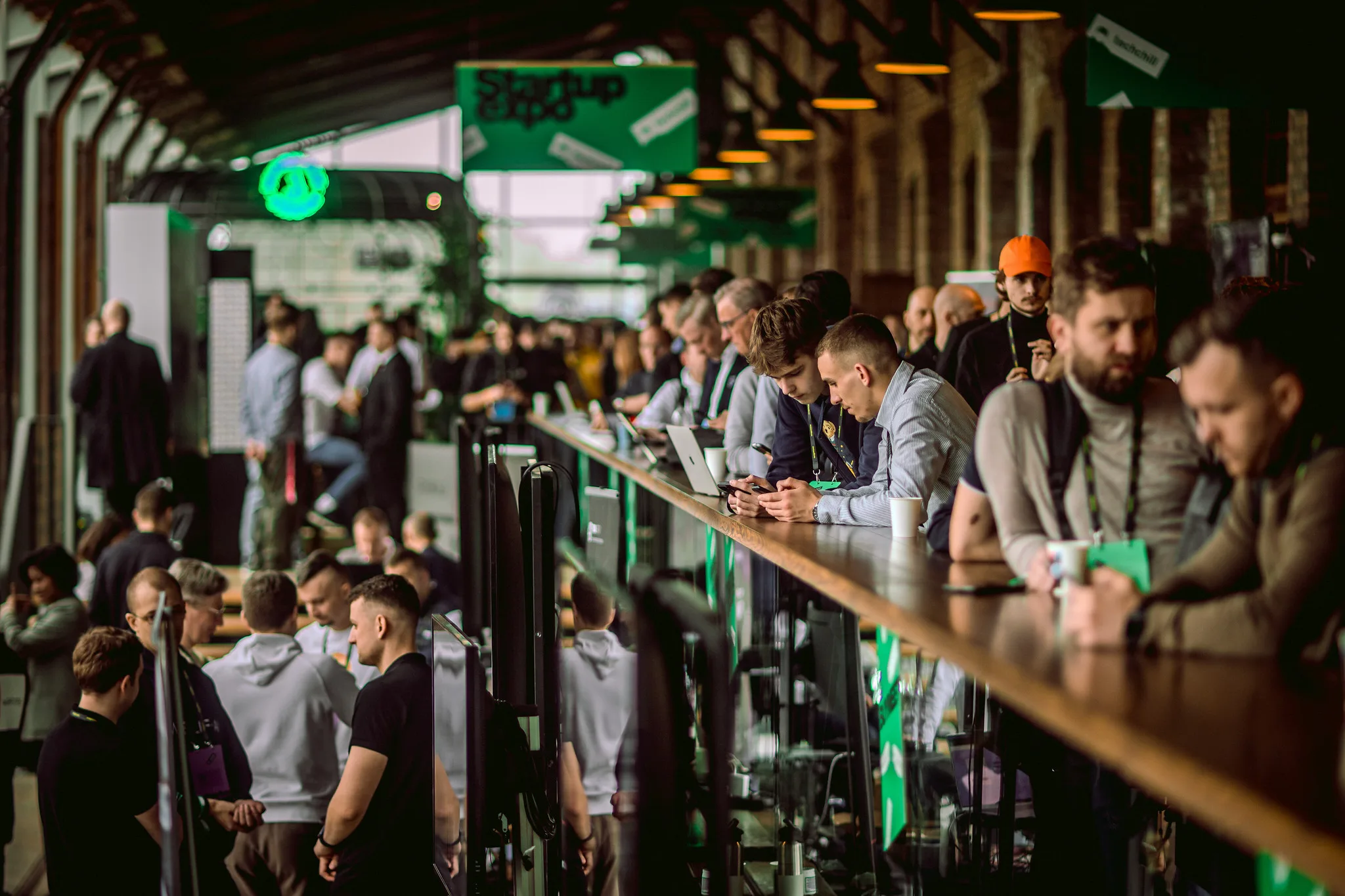Ukraine’s Energy Minister Herman Galushchenko has long said that renewables will play a major role in the reconstruction of the country.
Last year, Ukraine adopted its latest Energy Strategy, which enshrined the country’s green course in law. It stipulates that by 2030, the share of renewables in the energy mix should be at least 25 per cent, and by 2050, Ukraine should achieve climate neutrality.
According to the calculations of the Institute of Renewable Energy of the National Academy of Sciences of Ukraine, the country’s potential for creating renewable energy generators reaches 770.7 GW. The total potential annual production of renewable hydrogen is 44.96 million tonnes.
Before Russia began its war on Ukraine, the installed capacity of renewables in the country was more than 10 GW. As a result of the Russian aggression, the figure has dropped to 6.5 GW—many renewable energy facilities were occupied, in regions where active fighting is ongoing.
However, in early 2024, Ukraine’s Ministry of Energy reported that even in times of war, the share of renewables in the country’s energy mix remains significant. In 2023, about 10 per cent of electricity was generated by wind and solar power plants. Over the period 2022-23, more than 650 additional MW of renewable energy capacity was built in Ukraine.
By 2050, Ukraine has the potential to increase wind generation capacity to 140 GW, solar generation to 94 GW, energy storage to 38 GW, nuclear generation to 30 GW, CHP and bioenergy capacity to 18 GW, and hydro generation to 9 GW. In addition to generating electricity from the sun and wind, the production of renewable gases such as biomethane and green hydrogen has significant prospects, which can become an important component of the energy transformation of both Ukraine and the EU.
According to the calculations of the energy ministry, this will require at least 10 billion US dollars in investments.
The importance of international partnership
In the summer of 2024, the energy ministry plans to finalise its draft hydrogen strategy. The document addresses hydrogen production, transportation and storage, and includes an analysis of potential hydrogen resources. The ministry is developing the project together with the Institute of Renewable Energy of the National Academy of Sciences of Ukraine.
The draft contains a list of measures necessary for Ukraine’s ‘green’ transformation and entry into the European hydrogen energy market. The implementation of the hydrogen strategy in Ukraine will be carried out in three stages and includes creating the basis for a hydrogen economy in Ukraine and introducing an export market for green hydrogen; diversification of primary energy sources through increased hydrogen production; expansion of the hydrogen market, including the export component.
Ukraine will rely on international cooperation to accelerate the implementation of this strategy. To this end, draft framework agreements, a regulatory framework, a resource and production base, and infrastructure for hydrogen storage and transportation are being developed.
Ukraine’s green hydrogen export potential
Currently, Ukraine produces approximately 360,000 tonnes of hydrogen per year, which is mainly used for ammonia production. Although this is only 0.5 per cent of total global demand, with technological development and investment, Ukraine can significantly increase its hydrogen production capacity.
Central European directives, such as the European Commission’s Green Hydrogen for the European Green Deal: 2×40 GW Initiative, define Ukraine as a strategic partner in the development of renewable hydrogen. These strategic documents envisage the construction of up to 10 GW of electrolysis capacities in Ukraine by 2030, designed to produce renewable hydrogen. About 1.8 GW of this capacity is for the domestic market, mainly for the production of green ammonia, a critical commodity for the agricultural sector.
Germany itself sees Ukraine as one of its key potential partners on the European continent to achieve its own domestic hydrogen goals. According to the German National Hydrogen Council, a Central European Hydrogen Corridor between Ukraine and Germany could be used for hydrogen transportation. A consortium of four European gas network operators first proposed the corridor in September 2021 and confirmed its feasibility in November 2022.
H2U Hydrogen Valley
One of the most developed and ambitious hydrogen initiatives in Ukraine is the Ukrainian pilot project H2U Hydrogen Valley, which is being implemented by Hydrogen of Ukraine. The project is part of the international Mission Innovation initiative.
Within the framework of H2U Hydrogen Valley, two hydrogen valleys are being created in the Odesa and Zakarpattia regions. According to Yaroslav Kryl, CEO of Hydrogen of Ukraine, the projects are still unstable. “The war-torn country cannot make large public investments in hydrogen projects and instead relies on private sector commitments. The decisive criterion for hydrogen production projects in Ukraine is primarily their economic feasibility,” says Kryl.
The first stage of the project will see the construction of a 100 megawatt electrolysis facility in the port city of Reni on the Danube in Odesa Oblast. In the medium term, the capacity is expected to increase to 200 MW. German company Ludwig Bölkow Systemtechnik is advising the company on the project.
Electricity for electrolysis will come from wind and solar power plants. The water needed for electrolysis will come from the Danube and its tributaries.
The second hydrogen valley is located in Zakarpattia in the border region with Slovakia and Hungary. An electrolysis capacity of 1100 MW with the possibility of expansion to 1500 MW will be built on an area of 120 hectares.
The project includes a 120 MW solar plant with a scalable capacity of up to 1200 MW and 160 MW wind turbines. This initiative aims to fully integrate new renewable energy sources into the United Energy System of Ukraine.
The hydrogen produced is intended for export to a steel plant in Košice, Slovakia, which wants to switch from coke to hydrogen in the production of iron ore. In addition, it is planned to establish a connection to the trans-European transportation corridor to Germany.

Russia’s invasion has delayed development
According to Ihor Syrota, CEO of the state-owned hydrogen generating company Ukrhydroenergo, the firm had considered green hydrogen production before the war. In December 2022, Ukrhydroenergo presented a pilot project for the production of green hydrogen at the DniproHES hydroelectric power plant, with a nominal capacity of 1 MW. It was announced that the company would cooperate with European partners to build an electrolyser that would produce 210 m3 of green hydrogen per hour.
In October 2023, a memorandum was signed between Ukrhydroenergo and the German company Andritz Hydro on cooperation within the framework of the German national hydrogen strategy programme.
After the Russian air attack on March 22, 2024, DniproHES lost more than 1,000 MW of capacity out of a total of 1,500 MW. It will take some time to restore the power facility and, according to Syrota, international financial support will be needed. The scope of work and its cost have not yet been determined. The issue of connecting Europe’s most powerful hydroelectric facility to the Ukrainian power grid is still under consideration.
Despite the destruction of DniproHES, the hydrogen project is not dead. According to Syrota, the project is ongoing. The German partners of the Green Hydrogen project, Andritz Hydro, continue with preparatory work.
Prior to Russia’s invasion, several Ukrainian private energy companies had announced their intention to produce green hydrogen.
In 2021, MCL announced the construction of a modern 320 MW Volodymyrets wind farm in Rivne region, western Ukraine, by 2023. MCL is engaged in the development of electricity generation facilities from renewables. According to the company, the project has been postponed until 2025.
The wind farm would consist of 12 innovative wind turbines of 6 MW each, with a total capacity of 72 MW. MCL experts claim that the projected electricity production will be about 230 GWh per year. The electricity generated by the wind turbines will be used to split water in industrial electrolysers into oxygen and hydrogen. The resulting “green” hydrogen will be liquefied and transported to the consumer, Rivne Azot, for ammonia production.
Another potential project was announced in 2021 by the Lviv-based Eco-Optima group of companies. It planned to build a 100 MW green hydrogen plant. Eco-Optima has two main areas of activity: oil and gas production with ancillary works, as well as alternative electricity generation.
As such, the company has built solar and wind power plants with a total capacity of 150 MW. It is continuing to build a new 55 MW wind farm and is commissioning new solar power plants. However, the company has postponed the hydrogen project although, according to the company’s owner Zinoviy Kozitsky, it will consider hydrogen energy in the long term.
The war also adjusted DTEK’s plans. In the summer of 2020, DTEK was the first Ukrainian company to join the Hydrogen Europe Association. In 2021, the company planned to launch pilot projects to produce green hydrogen. “Green hydrogen is an area where we want to be leaders,” DTEK CEO Maxim Timchenko told Ukrainian media.
Now, while he notes that DTEK managers see the potential benefits of green hydrogen for Ukraine and continue to analyse their long-term opportunities, in the near future, the firm will focus on developing an integrated portfolio of renewable energy sources through wind, solar and grid projects, as well as battery stations.
Shipping hydrogen
Ukraine is considering various option to transport hydrogen to the European Union. One is a pipeline through the Ukrainian gas transportation system. In November 2023, the European Commission supported a project to create a Central European Hydrogen Corridor between Ukraine, Slovakia, Czechia, Austria, and Germany.
According to Oleksandr Repkin, a board member of the Ukrainian Hydrogen Council, hydrogen is not to be transported in its pure form, as it can quickly damage a pipe, but mixed with natural gas. The initial concentration is 1.5 per cent hydrogen, which could be increased to five per cent later.
Another method is river or road, which involves different technological approaches: liquefaction and transportation using a so-called ‘organic carrier’.
Liquefaction is a classic option for transporting gaseous substances. The economic feasibility will depend on demand, availability of a container fleet (the cost of one container can reach 700,000 euros) and the accompanying infrastructure for gasification, regasification and cooling (liquefied hydrogen must be kept at a temperature of -254C).
Repkin says that, “When transported by river or sea, the most optimal is to transport a mixture of hydrogen in ammonia or methanol.” According to him, Ukraine has a sufficient ship fleet of more than 60 vessels of the Ukrainian-Danube Shipping Company and related infrastructure for river transportation of hydrogen using the so-called organic carrier—ethanol or ammonia. Here, Ukraine is cooperating with the government of Japan.
As part of a feasibility study for the hydrogen project in the Odesa region, the experience of using an organic carrier for hydrogen transportation was studied.
“The most effective technology at present is that proposed by Hydrogenious LOHC Technologies, namely the use of benzotoluene. When using an organic carrier, there is no need to make changes to the existing tanks and containers used to transport traditional oil products, which reduces the real final cost of hydrogen,” says Repkin.
This article was co-authored by Viacheslav Lining with the support of Europe-Ukraine Desk/n-ost.
Photo by Engin Akyurt on Unsplash.







